Connecting You to More
| Term | Description |
|---|---|
| Core | In cables, a component or assembly of components over which additional components (shield, sheath, etc.) are applied |
| Corona | A discharge due to ionization of air around a conductor due to a potential gradient exceeding a certain critical value |
| Corona Effect (of A.C.) | In wiring, the effect produced when two wires or other conductors have a great difference of voltage and are placed near each other |
| Corona Loss | A loss or discharge which occurs when two electrodes have a great difference of pressure and are placed near each other |
| Corona Resistance | The ability of an insulation to withstand a specified level of field-intensified ionization that does not result in the immediate complete breakdown of the insulation |
| Corona Test | A test to determine the ability of a cable to withstand the formation of corona under an increasing applied voltage, and to extinguish corona when a corona-producing voltage is reduced |
| Corrosion | The deterioration of a material by chemical reaction of galvanic action |
| Crazing | The minute cracks on the surface of plastic materials |
| CRCS | An acronym for continuous Rigid Cable Support (synonymous with tray) |
| Creep | The dimensional change with time of a material under load |
| Creepage | Electrical leakage on a solid dielectric surface |
| Cross-Linked or Irridated Polyethylene (XLPE) | Polyethylene that is transformed from thermoplastic material to thermoset material, to achieve better chemical and thermal properties |
| Cross-Linked or Irridated Polyvinylchloride (XL-PVC) | Polyvinylchloride that is transformed from thermoplastic material to thermoset material, to achieve better chemical and thermal properties |
| Cross-Linking | Introducing intermolecular bonds between long chain thermoplastic polymers by chemical or electron bombardment means. The properties of the resulting thermosetting materials are usually improved. |
| Crosstalk | Signal interference between nearby conductors by pickup of stray energy. It is also called induced interference. |
| Cure | See definition for "Vulcanization" |
| Curl | The degree to which a wire tends to form a circle after removal from a spool. An indication of the ability of the wire to be wrapped around posts in long runs. |
| Current | The rate of flow of electricity in a circuit (measured in amperes) |
| Current Penetration | The depth a current of a given frequency will penetrate into the surface of a conductor carrying the current |
| Current-Carrying Capacity | The maximum current an insulated conductor or cable can continuously carry without exceeding its temperature rating (also called ampacity) |
| Cut-Through | Resistance of solid material to penetration by an object under conditions or pressure, temperature, etc. |
| CV (Continuous Vulcanizations) | Simultaneous extrusion and vulcanization of wire coating materials |
| Cycle | The complete sequence of alternation or reversal of the flow of an alternating electric current |
| D.C. | Abbreviation for "Direct Current" |
| Data Processing Cable | UL (Underwriter's Laboratories) Standard 1690; National Electrical Code (NEC) Article 645 of NFPA 70 |
| Decibel (dB) | A unit to express difference of power level. Used to express power gaining amplifiers or power loss in passive circuits of cables. |
| Delay Line | A cable made to provide very low velocity of propagation with long electrical delay for transmitted signals |
| Derating Factor | A factor used to reduce the current carrying capacity of a wire when used in environments other than that for which the value was established |
| Dielectric | Any insulating material between two conductors which permits electrostatic attraction and repulsion to take place across it |
| Dielectric Absorption | The property of an imperfect dielectric whereby there is an accumulation of electric charges within the body of the material when it is placed in an electric field |
Showing 151 - 180 of 567

